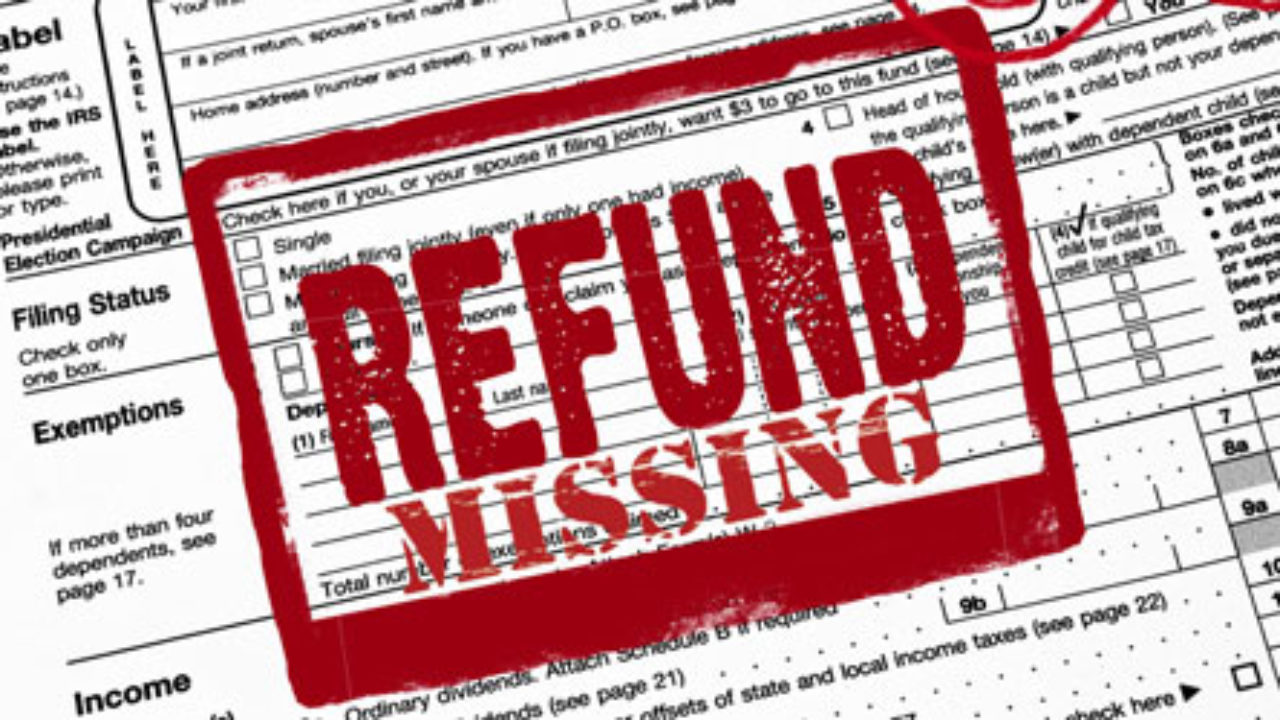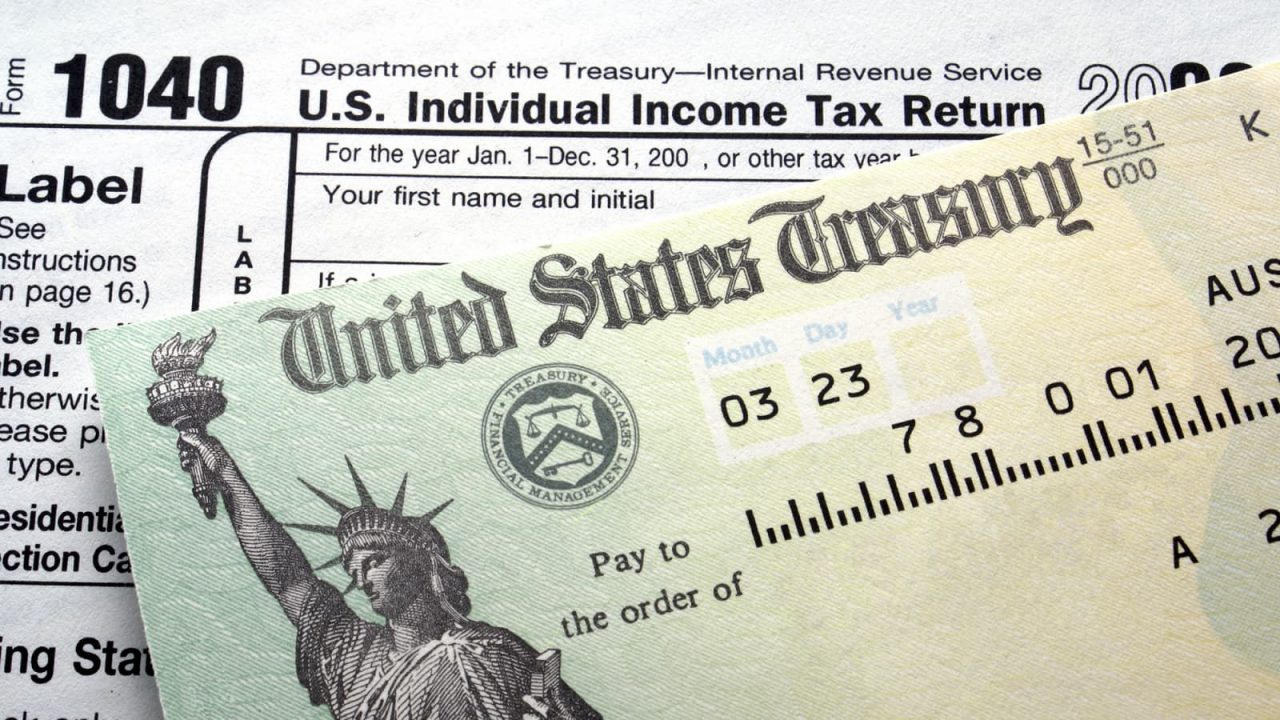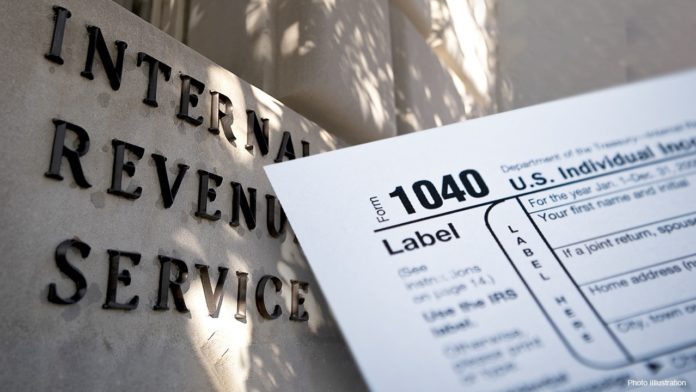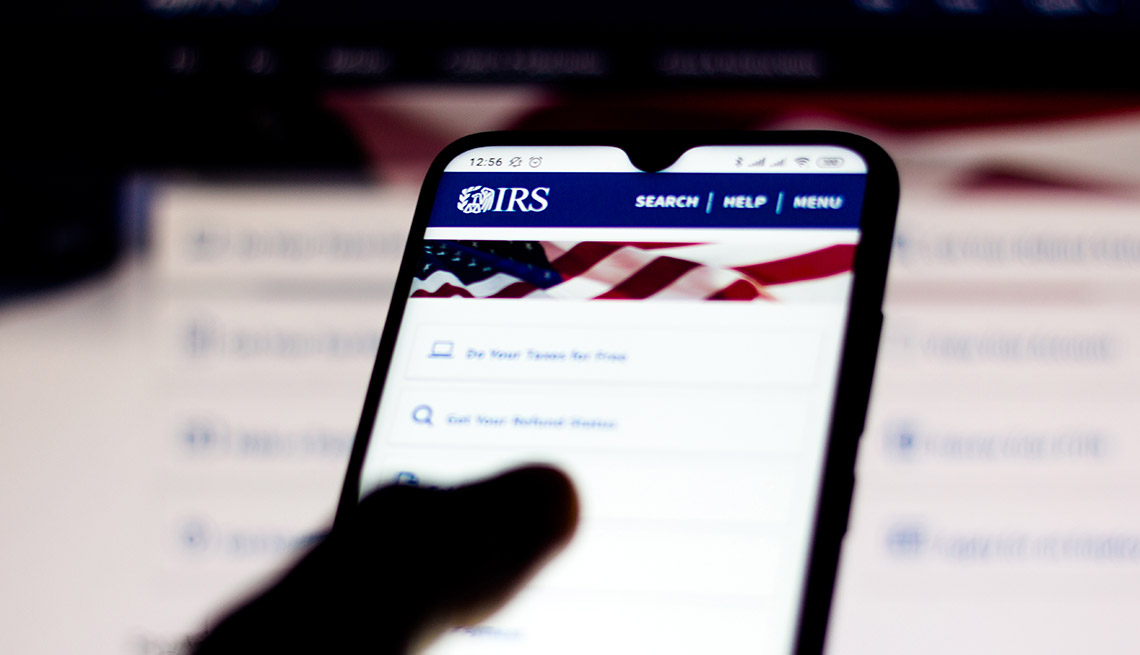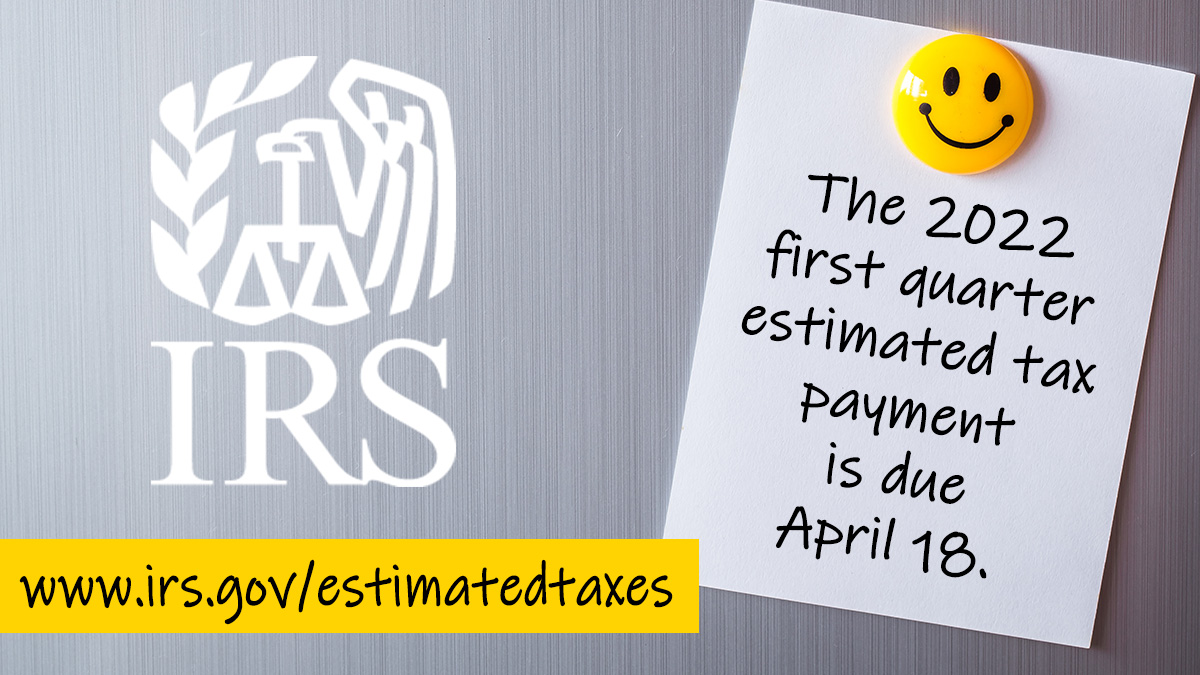“This is an all-hands-on-deck situation to help people as quickly as possible and reduce the stress on employees who have been and continue to face unprecedented levels of inventory to be worked,” Rettig wrote in his email to employees.
The Internal Revenue Service today announced it’s accepting applications for the Internal Revenue Service Advisory Council for 2023. Applications will be accepted through June 3, 2022.
The IRSAC serves as an advisory body to the IRS commissioner and provides an organized public forum for discussion of relevant tax administration issues between IRS officials and representatives of the public.
The advisory council:
- proposes enhancements to IRS operations,
- recommends administrative and policy changes to improve taxpayer service, compliance and tax administration,
- discusses relevant information reporting issues,
- addresses matters concerning tax-exempt and government entities and
- conveys the public’s perception of professional standards and best practices for tax professionals.
IRSAC members are appointed to three-year terms by the IRS commissioner and submit a report to the commissioner annually at a public meeting. Applications are currently being accepted for terms that will begin in January 2023.
Nominations of qualified individuals may come from individuals or organizations. IRSAC members are drawn from substantially diverse backgrounds representing a cross-section of the taxpaying public with substantial, disparate experience in:
- tax preparation for individuals, small businesses and large, multi-national corporations,
- tax-exempt and government entities,
- information reporting and
- taxpayer or consumer advocacy.
Applications should document the proposed member’s qualifications. In particular, the IRSAC is seeking applicants with knowledge and background in some of the following areas:
Individual Wage & Investment
- Knowledge of tax law application/tax preparation experience, income tax issues related to refundable credits, the audit process, and/or how information returns are used and integrated for compliance,
- Experience educating on tax issues and topics with multi-lingual taxpayer communications and taxpayer advocacy or contact center operations, marketing/applying industry benchmarks to operations with tax software industry and/or with the creation or use of diverse information returns used to report income, deductions, withholding or other information for tax purposes,
- Familiarity with IRS tax forms and publications and with IRS’s online applications (e.g., Online Account, EITC Assistant, etc.) and
- Financial services information technology background with knowledge of technology innovations in public and private customer service sectors.
Small Business & Self-Employed
- Knowledge or experience with virtual currency/cryptocurrency and/or peer to peer payment applications,
- Knowledge of passthrough entities and/or fiduciary tax,
- Experience with online or digital businesses, audit representation and/or educating on tax issues and topics,
- Knowledge base and/or background related to Collection activities,
- Experience as a practitioner in one or more underserved communities (e.g., where English is not the first language),
- Experience with digitalization systems, tools or processes and
- Marketing experience to help with ideas for increasing uptake of digital tools offered by the IRS.
Large Business & International
- Experience as a certified public accountant or tax attorney working in or for a large, sophisticated multinational organization and
- Experience working in-house at a major firm dealing with tax planning for complex organizations including large multinational corporations and large partnerships.
Tax Exempt & Government Entities
- Experience with exempt organizations and
- Experience with employee plans.
Information reporting
- Payment processors (i.e., credit card processors), colleges/universities and/or multinational corporations with experience filing information returns.
Applicants must be in good standing regarding their own tax obligations and demonstrate high professional and ethical standards. All applicants must complete and submit an application and pass a tax compliance and practitioner check. For those applicants deemed “Best Qualified,” FBI fingerprint checks will also be required.
More information, including the application form, is available on the IRSAC’s webpage. Questions about the application process can be emailed to publicliaison@irs.gov.
Source: IRS





